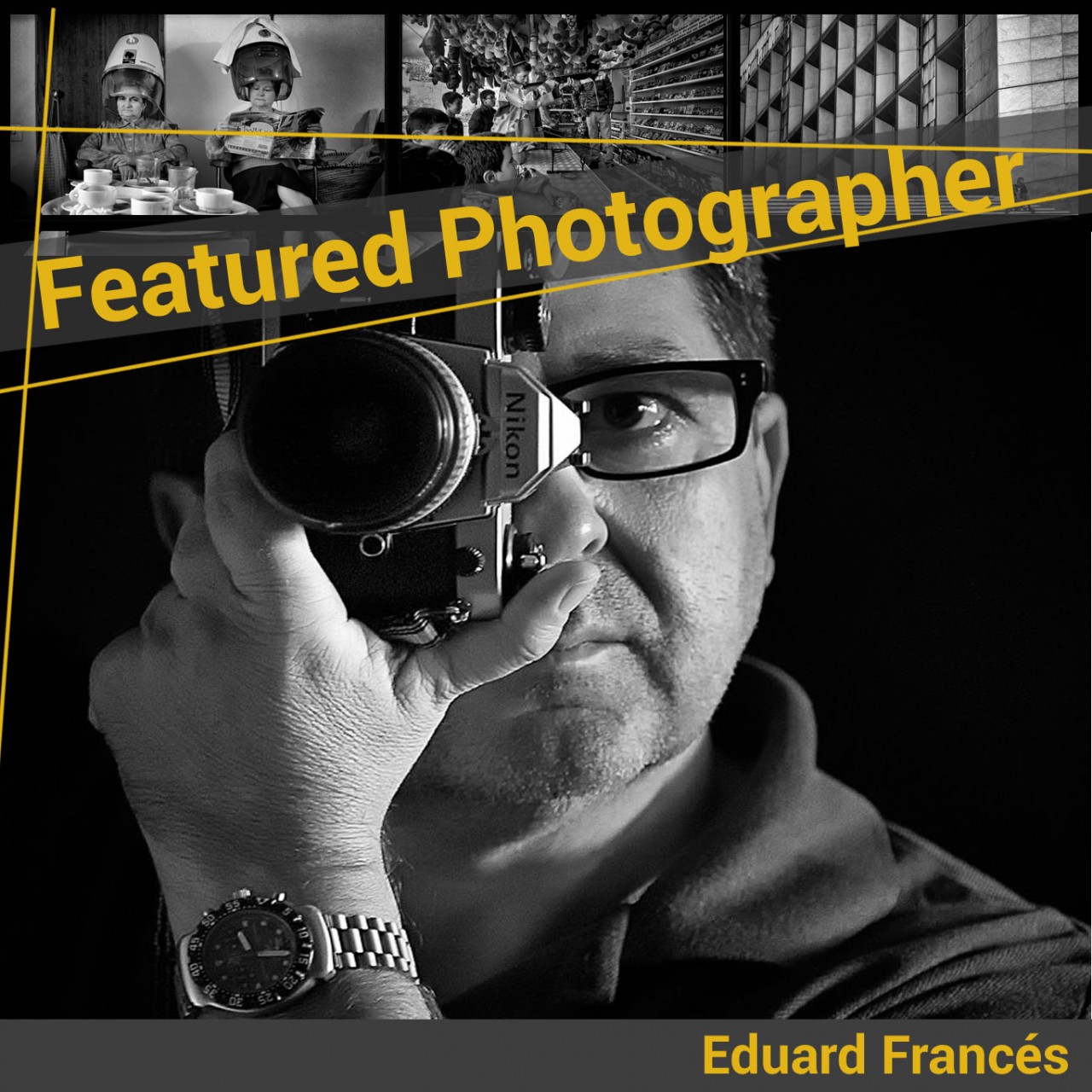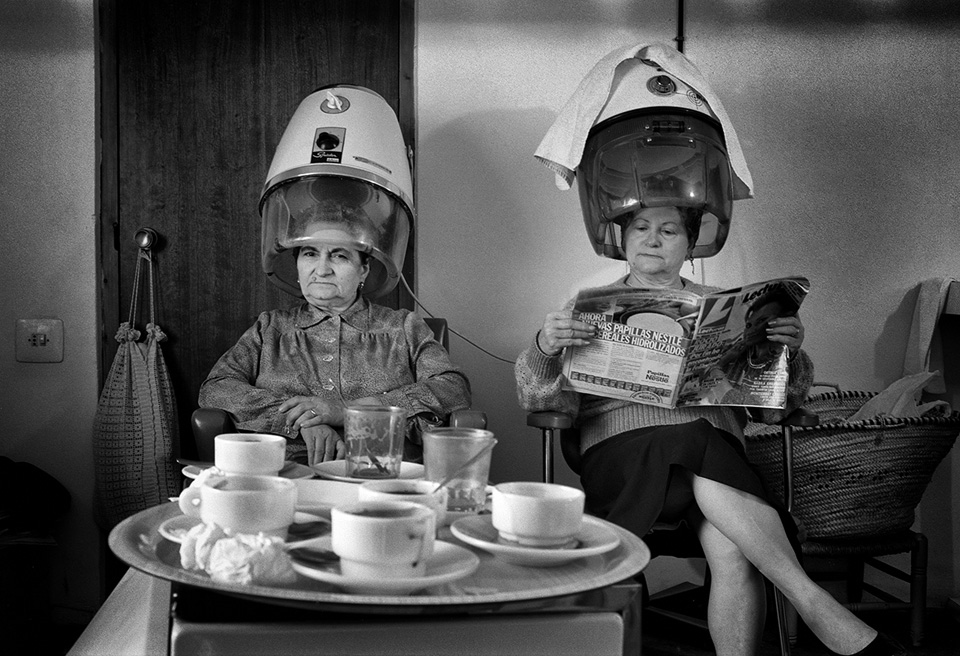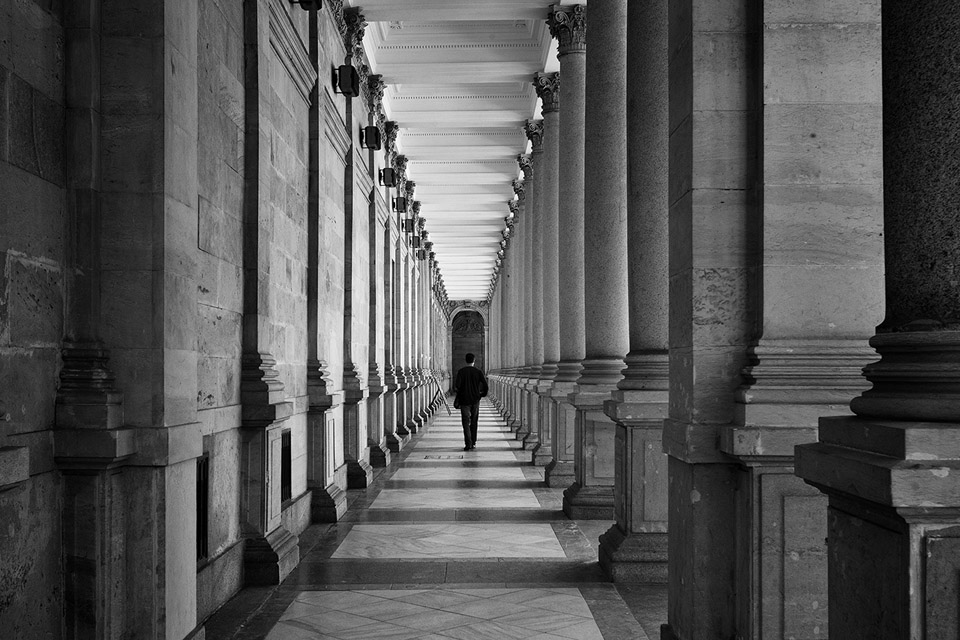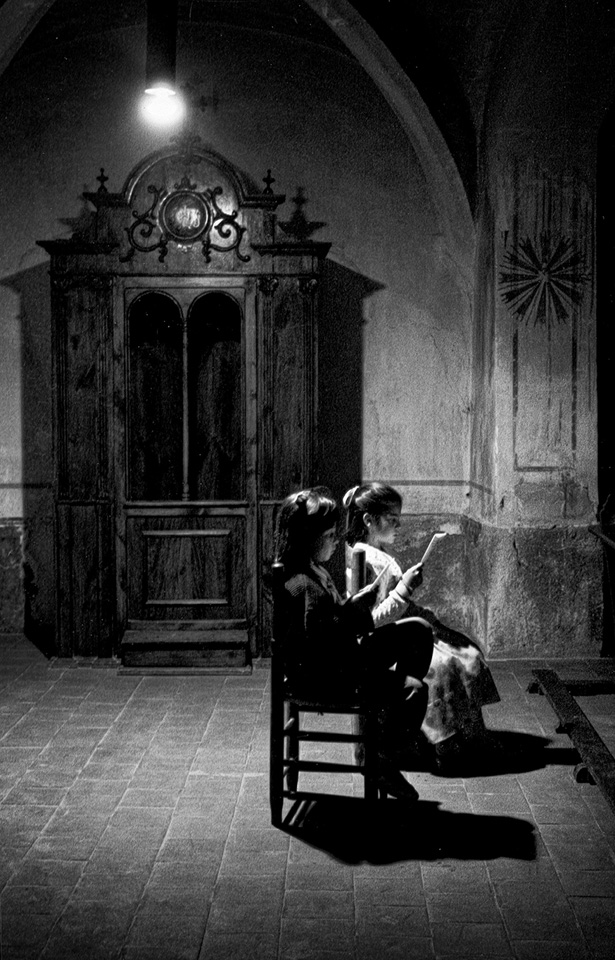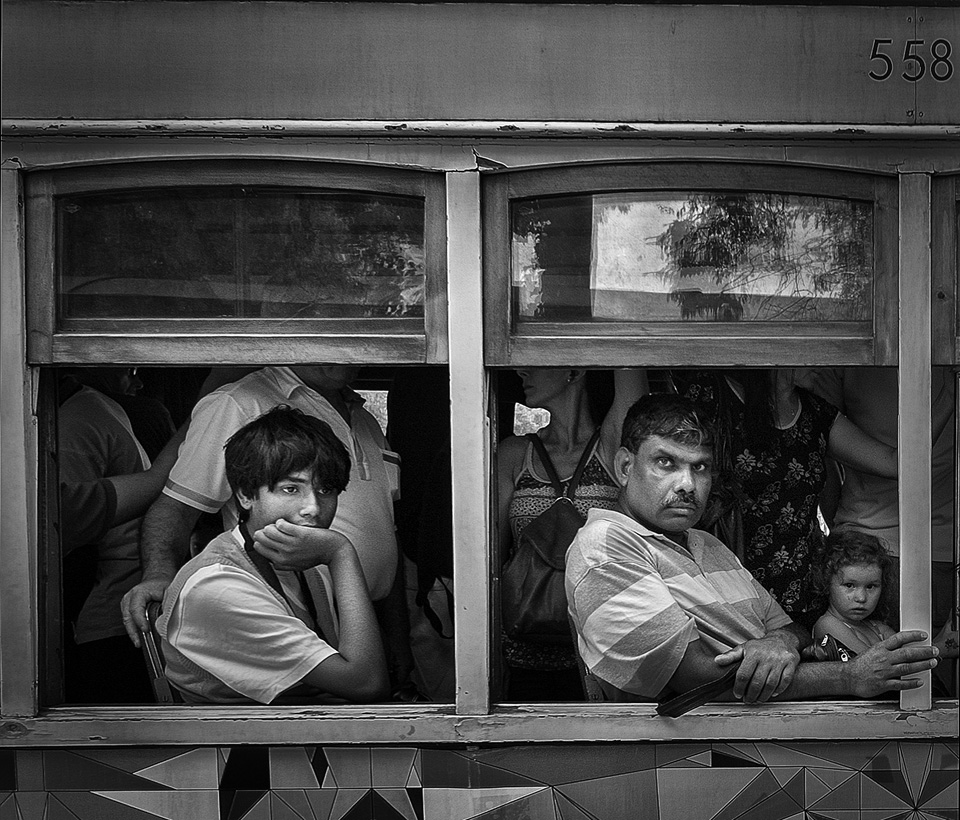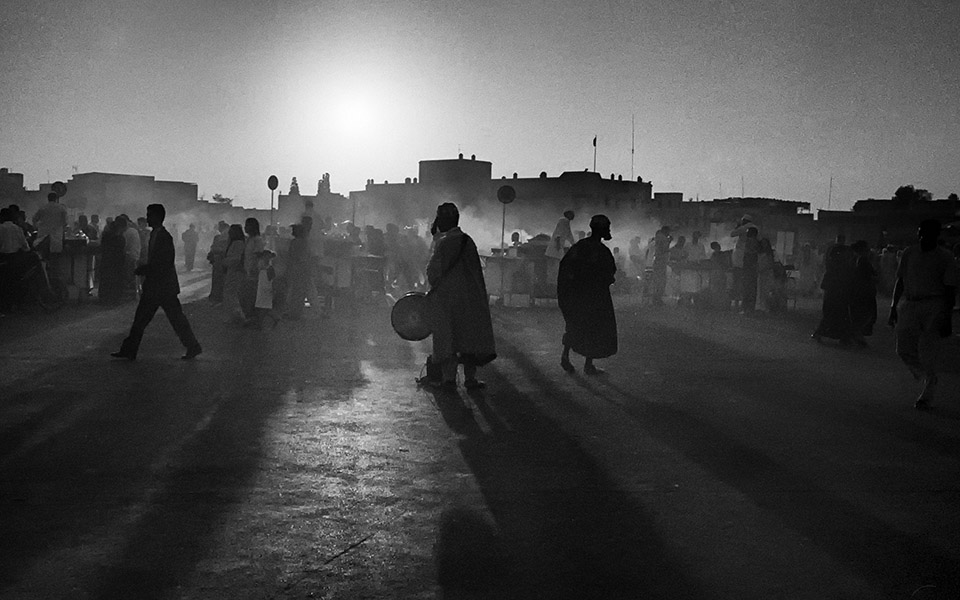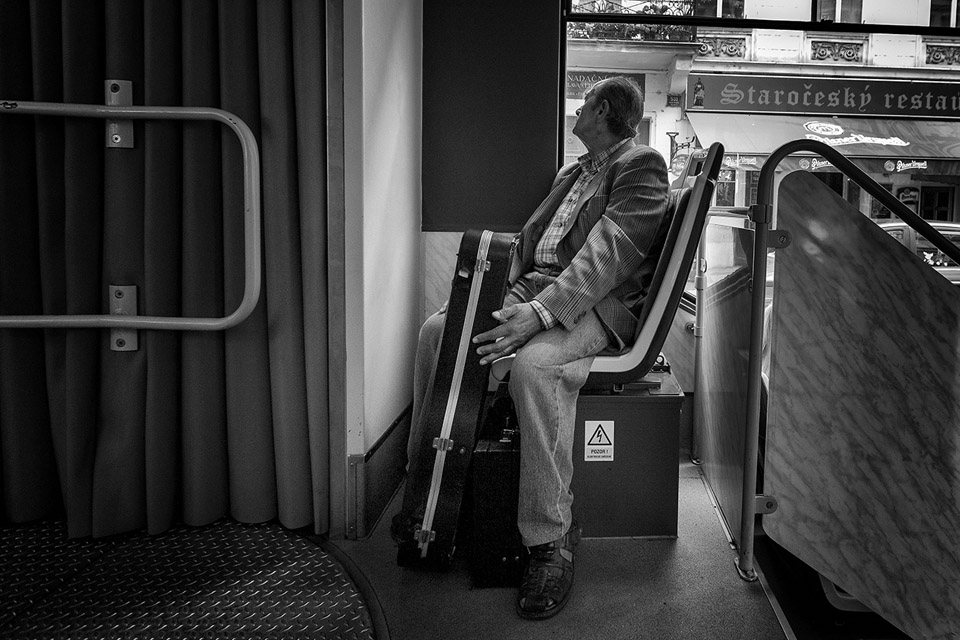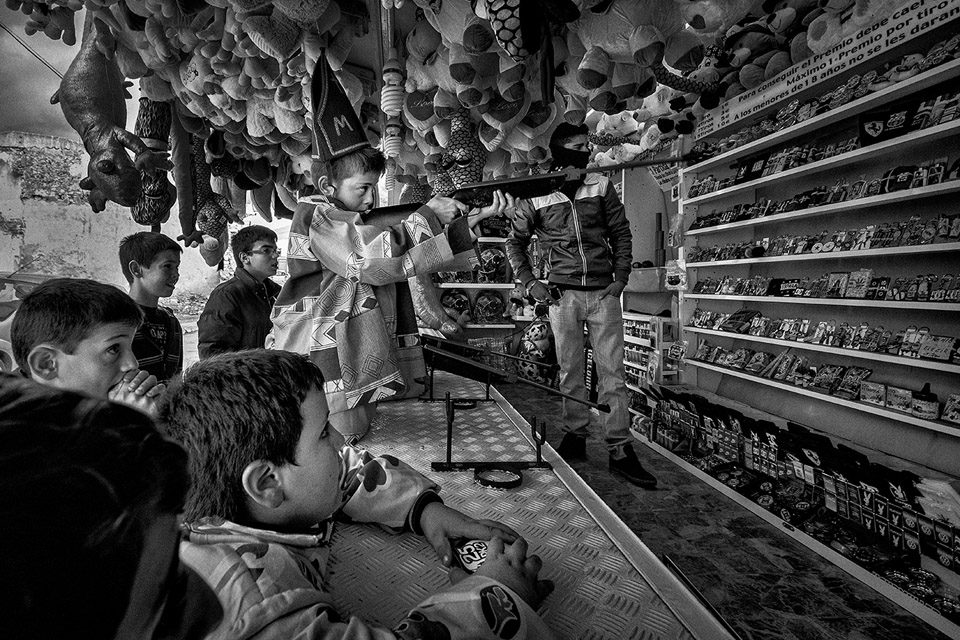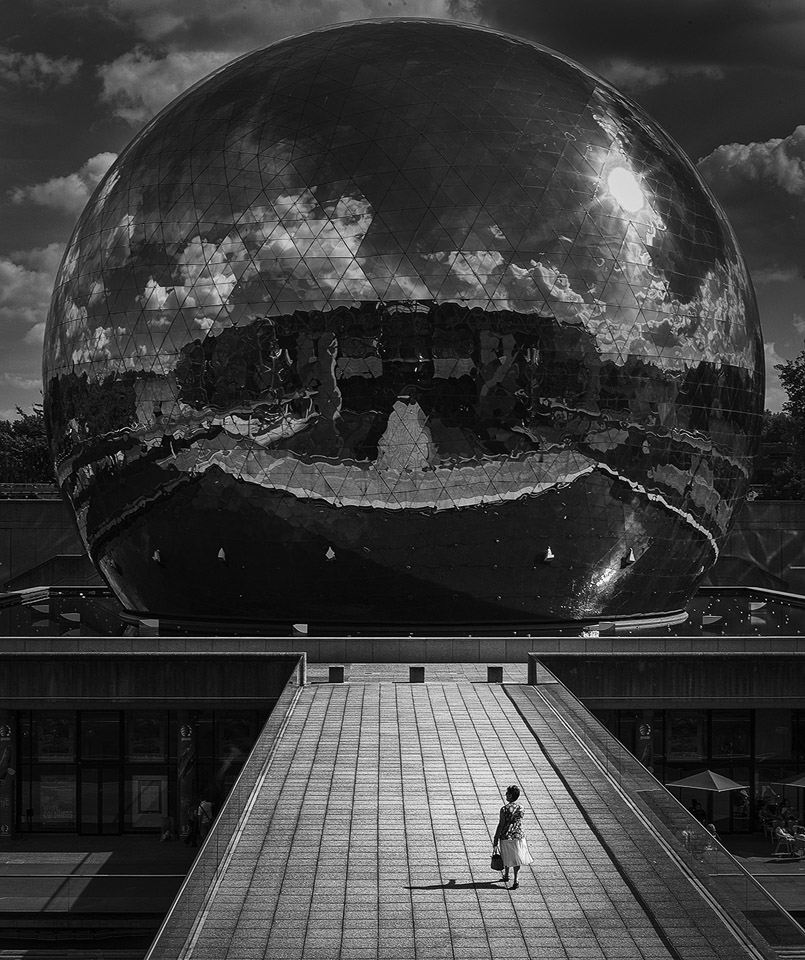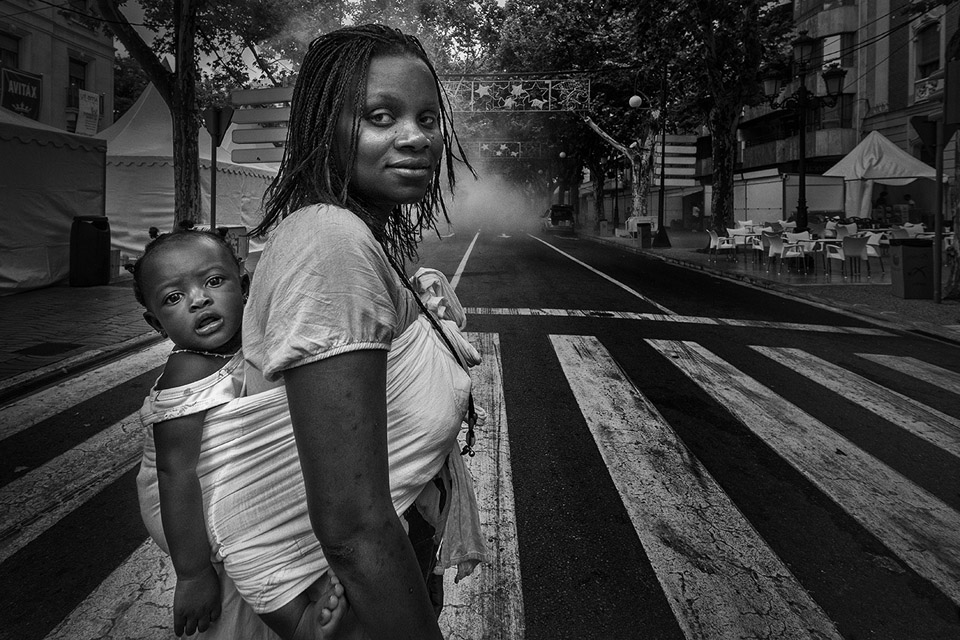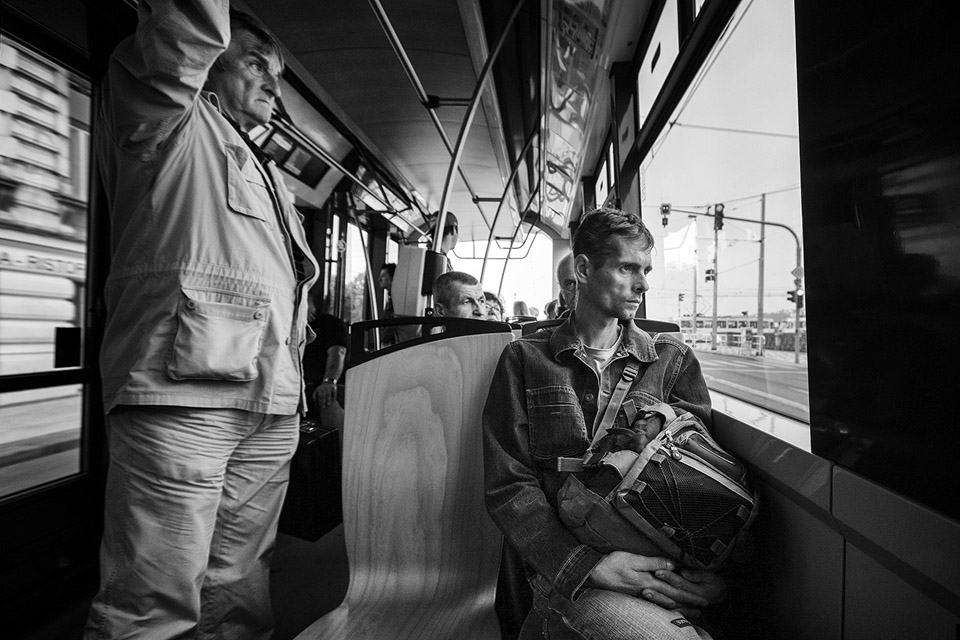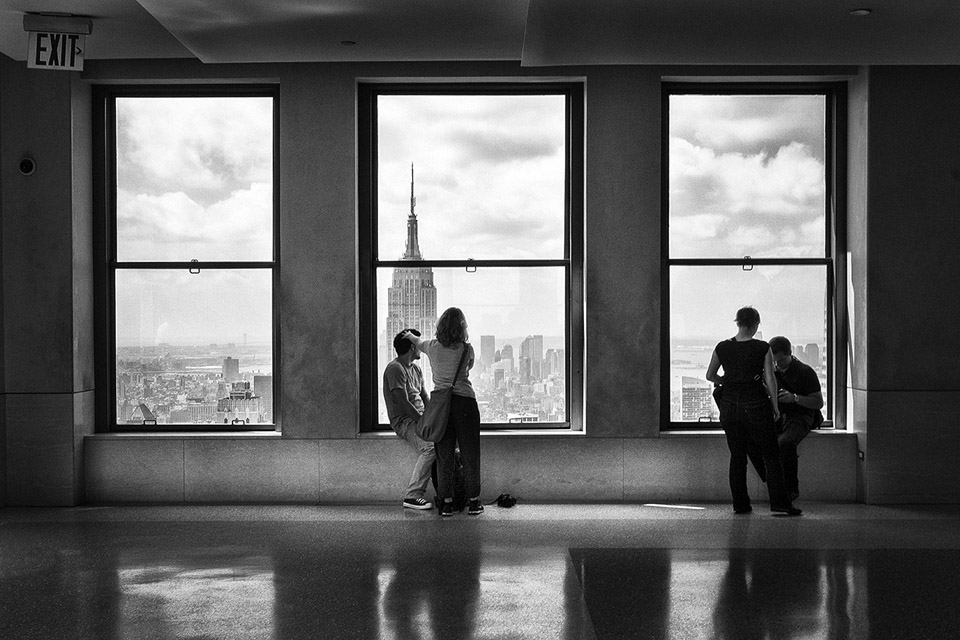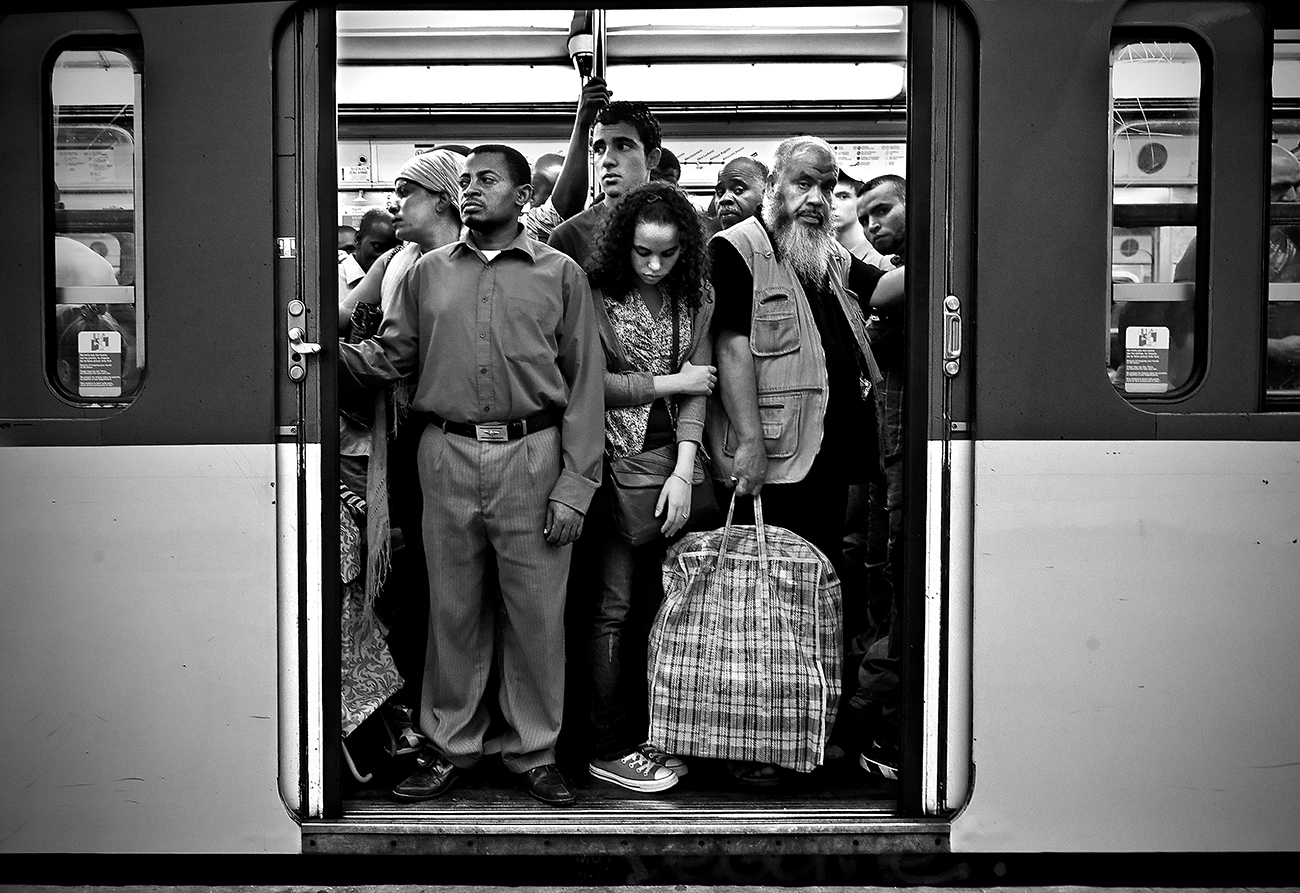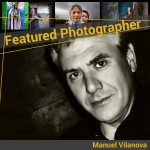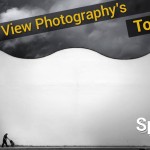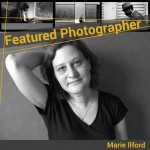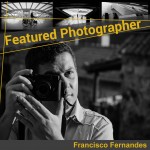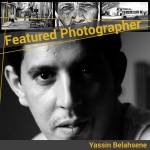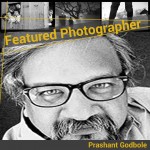Interview with Eduard Francés | Spain
Hello Eduard Francés, We are very Honored to have you as our Featured Photographer on Street View Photography!
Please tell us a little bit about yourself.
First of all, I would really like to thank this group for this big opportunity. I was born in Xátiva (Valencia), Spain, 53 years ago and I still live there. I am an electronic technician and I work as a manager at a mobile phone department. My greatest hobby is photography.
Looking at your great work, I am curious: where have you got your talent from?
I believe everyone has creativity, different people express it in different ways. In my case, it is the viewers, who need to appreciate my artwork. Creativity is something we need to practice and try somehing new to break the composition and creation rules to obtain different results. In my opinion, the first thing to learn is the technique and then explore the creativity.
Can you tell us when you first got interested in street photography?
Well, I am not aware of my beginning and if you really understand what is street. But I always love to view the photos of the great masters of the street, like Henry Cartier Bresson, Paul Strand etc. .. so I started shooting Street Photography, capturing the world around me and writing a social document.
Is it true that you view things in black and white?
Yes, ha ha ha. It took me a long time to learn and teach my eyes to be able to compose with power and educate my vision in Black and White, and to see all the colours in grey scale. This is what made me more comfortable with shooting in Black and White, than in colour. I also developed the zone system ( Ansel Adams) in all its scale, which I use for my work.
Your work stands out for the purity as Black and White – how do you make the digital photos to look like an analogic negative. Can you explain the process briefly ?
For many years I did analogic photography in all its dimension; personalized developments, emulsified paper, creating copies in Fine Art in Baryta paper and delivering many workshops. When the digital systems arrived I decided to create a similar procedure to my Fine Art copies by using my computer. I never use automatized software or HDR. What I do is all about the combination of layers and lots of extra work.
Looking at your photography it can be said that you capture the daily life and people´s souls. Is this a gift or is it something you have acquired taking pictures?
I try to show the characters as natural as possible. If you think this achievement is a gift, it is my viewers, who have to value my work and recognize the worth of my photos.
How has your style changed since you started taking photos?
One of my favorite photographers was Ansel Adams and I practiced a lot of landscape photography using his zones system. Once I started to feel the street, I changed my style immediately, as I realized how important is to capture this world and its people.
Which equipment do you use at the moment and which one did you use when you started?
I use now a Canon 1DS Mark III and Leica M6. The equipment I used are : Nikkormat, FM2, F301, F90X, ContaxG1 and Leica M6 in 6X6 Hasselblad format. I have used many different lenses, but I mostly use wide-angle lens these days.
Can you tell us about your work flow, since you step on the street, and, until you show the developed image?
There are days without inspiration and without getting a perfect shot (I always use manual and punctual measurements), using the proper sensibility in roll or in digital is the key. Then without rush I waited and observed the things around me. Sometimes it took weeks to see the photos in my computer, and then i tried self-criticism and started to work with the images.
Do you have some specific influence, a photographer or school in your work?
I have always been influenced by photographers such as Robert Capa, Cartier Bresson,etc. Although I always try to be myself.
What would you say defines your work comparing it with other street photographers?
There are great street photographers and I am one another street photographer. If I had to highlight something I would say, the light of my photos and the people in them.
Do you have a relationship with people who photograph?
I normally keep in touch with people related to photography. I also take part in photography contests very often.
From your extensive work, which is your favorite picture? Why?
I must say that all photos are my favorite photos but I have great passion for my series “Miradas”
Which are some of the best lessons you have learnt taking pictures in the street?
I have learnt to be patient, how to observe and educate my vision.
What would you say to someone who wants to start and asks you for advice?
My advice would be to learn the analogic and digital techniques in first place. Once you know the technique you have to let your imagination free. I would also recommend looking and learning the work of masters in street photography.
Thank you Eduard Francés for this Interview.
Here you can find more of Eduard Francés’s work
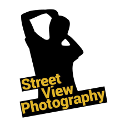
 Follow
Follow
